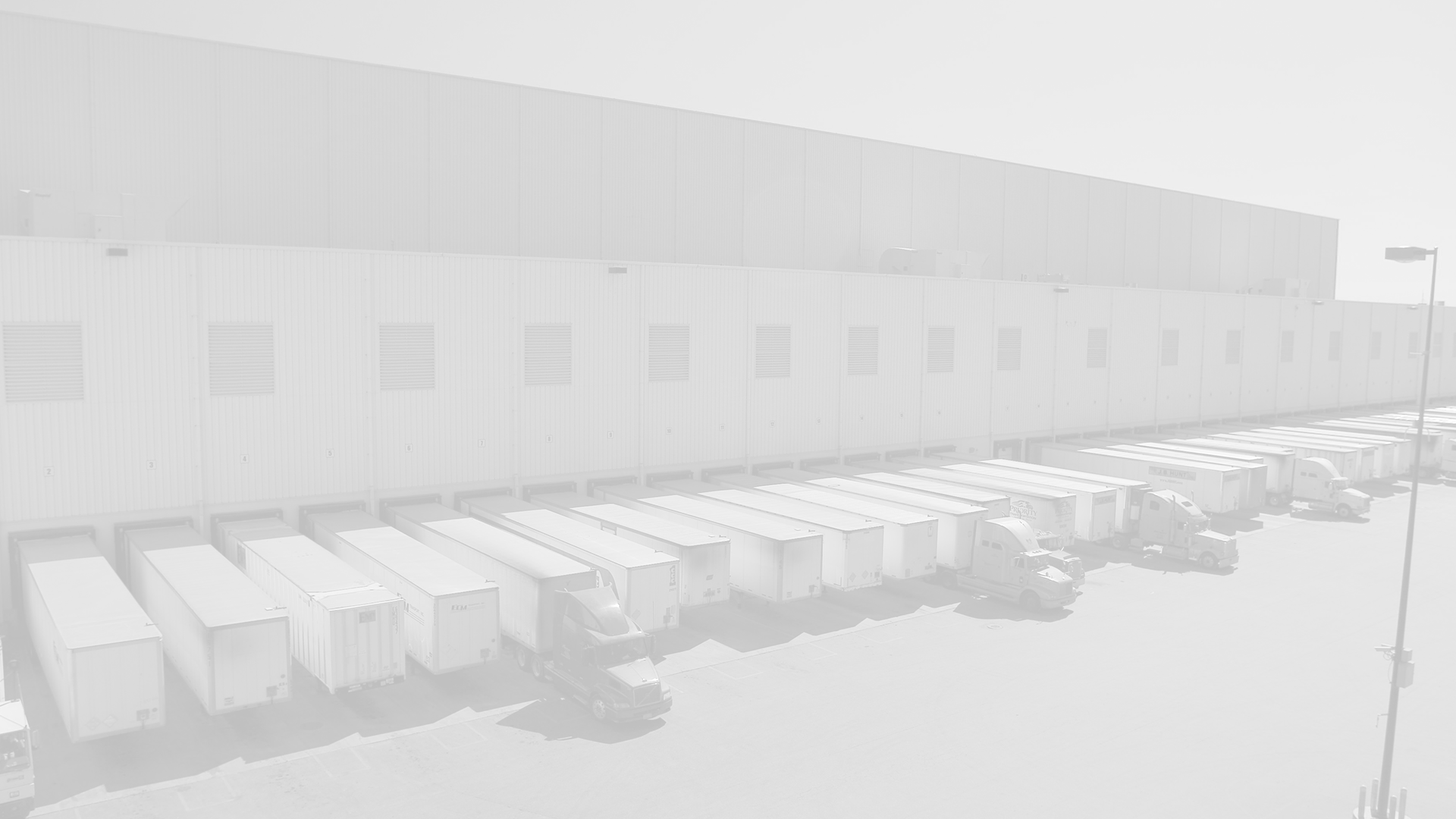Innovation has been fast and furious in the last-mile delivery sector lately, and shows no signs of letting up. Uber recently announced a new service, UberRUSH, which offers same-day delivery of local products. This service is similar to many others on the market, including Postmates, but Uber has taken the step of integrating its platform directly with the local merchants. Customers can check out as usual online with their preferred retailer, and then select “UberRUSH” as their delivery method. The technology then creates an order for the merchant to fulfill, and an Uber courier picks up the item to deliver to the customer. As in the Uber ride service, customers receive an alert when the order is on its way, and when it has been delivered. Uber is using a variety of deliver methods to hand-off goods, all depending on the city. New York City is on bike and foot, Chicago is all car, and San Francisco is a mix of bike and car. Uber reports that thousands of NYC merchants have already integrated the program, with more to come.
Another interesting last-mile delivery method comes from Workhorse Group, a company based out of Cincinnati, OH. The company is testing a new addition to their electric delivery vehicles: a drone called HorseFly. HorseFly is designed to assist drivers in last-mile delivery by completing package deliveries while the driver continues on their route. The drone uses the top of the delivery vehicle as its docking and charging station, awaiting delivery instructions. Armed with delivery instructions and the package, HorseFly takes off from the roof of the van, lifting itself to a safe cruising altitude. Once airborne, the drone navigates itself to the delivery point, and a remote human operator lands the drone on the front stoop, drops the package, and takes off. The HorseFly can then navigate itself back to the new location of the van, and land safely and autonomously. This solution reduces delivery costs per package, as the driver no longer has to make all the deliveries him/herself. Additionally, it reduces emissions as the truck makes fewer stops due to the elimination of some manual deliveries. While this unit is still in testing phase, it is able to achieve a max speed of 50 mph with a flight time of 30 minutes. Testing will take place at the Wilmington Air Park in Ohio.
These solutions are but two in a crowded urban market. Deliveries that can overcome congested roads, or cut back on parking tickets as a result of drivers illegally parking to make deliveries have huge potential. Operators can decrease their costs, and consumers can receive their packages faster. It’s a win win, explaining the continued stream of innovation.

